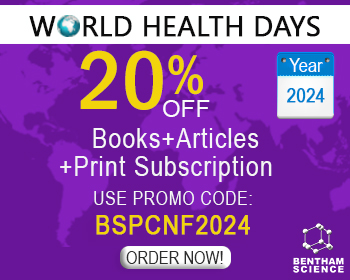Abstract
Myocardial fibrosis is commonly observed in left ventricular (LV) hypertrophied heart during Arterial Hypertension. This pathological change coupled with vascular stiffening with aging and diabetes may reduce the cardiovascular system elasticity contributing to the functional impairment. Both the LV adaptive response to the increasing blood pressure and the oxidative damage contribute to myocardial fibrosis; in particular, reactive oxygen species (ROS) induce the formation of reactive electrophilic carbonyl species by reacting with lipids and sugars which in turn react with proteins forming irreversible adducts (AGEs, ALEs and EAGLEs) and cross-links. The vascular wall matrix then becomes less distensible, as the formation of the adducts induces greater capacity in collagen to resist normal turnover. Therefore, monitoring cardiac fibrosis and markers of collagen synthesis, degradation and non-enzymatic cross-linking and the use of drugs that revert collagen accumulation and/or prevent/repair non-enzymatic cross-linking might represent a novel opportunity to alter the natural history of hypertensive heart disease. Recent evidences have suggested to target the excess of collagen cross-links; initial evidence seems to show that fibrosis is not affected to the same degree by all anti-hypertensive agents. ACEI and ARBs appear particularly effective. Finally, agents acting as cross-link breakers on AGEs or preventing AGEs formation or affecting the TTG activity are emerging.
Keywords: Arterial hypertension, left ventricular remodeling, non-enzymatic cross-linking, advanced glycation end products (AGEs), advanced lipoxidation end-products (ALEs), either advanced glycation or lipoxidation endproducts (EAGLEs), regresison of myocardial fibrosis, reactive oxygen species (ROS), ancestral susceptibility, coronary artery disease, heart failure

























